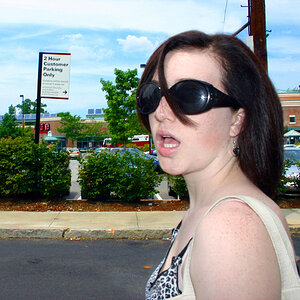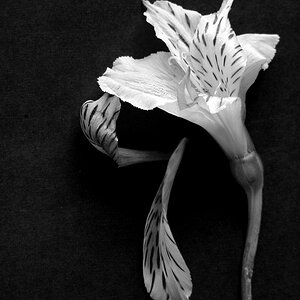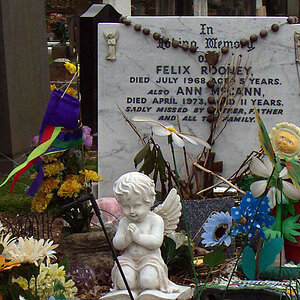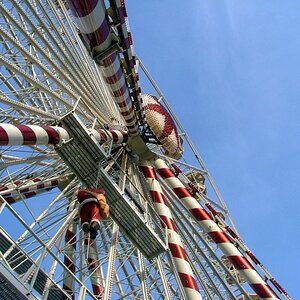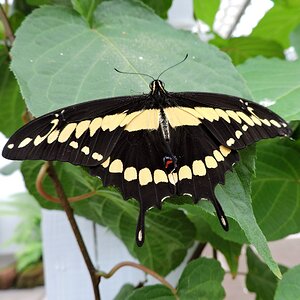Navigation
Install the app
How to install the app on iOS
Follow along with the video below to see how to install our site as a web app on your home screen.
Note: This feature may not be available in some browsers.
More options
You are using an out of date browser. It may not display this or other websites correctly.
You should upgrade or use an alternative browser.
You should upgrade or use an alternative browser.
Street Corner Kiss
- Thread starter hdrcol
- Start date
jcdeboever
Been spending a lot of time on here!
- Joined
- Sep 5, 2015
- Messages
- 19,868
- Reaction score
- 16,082
- Location
- Michigan
- Can others edit my Photos
- Photos OK to edit
This is a classic example of examining your frame edges when capturing images. When I first started out, I zeroed in on the subject and never considered the edge of the frame. I then read in a John Hedgecoe book about framing and composition. He said to always examine the edges of the frame so you can decide what is needed, and what is not. In your case the two people on the right do not add any value to the image so they wouldn't have been needed in the frame. Crop or not crop is not what's at play here. It's about framing, the two people on the right make it very difficult to crop and would require cloning them out in post. Additionally, a crop wouldn't work here (assuming this is straight out of camera) because there isn't ample room around the main subject.
With a that said we're talking about a split second moment. This is the hard part about street photography and requires a great deal of practise. Working a scene comes to mind. Sometimes you just have to wait, anticipate, and make sure your camera is ready. When I street shoot, I'm in manual focus and the lens is in a focus zone. IMO, the problem with auto focus is getting the point on the right spot which can be the difference between a keeper and a missed shot. That opinion is purely subjective and may not apply to how you work a scene.
With a that said we're talking about a split second moment. This is the hard part about street photography and requires a great deal of practise. Working a scene comes to mind. Sometimes you just have to wait, anticipate, and make sure your camera is ready. When I street shoot, I'm in manual focus and the lens is in a focus zone. IMO, the problem with auto focus is getting the point on the right spot which can be the difference between a keeper and a missed shot. That opinion is purely subjective and may not apply to how you work a scene.
texxter
No longer a newbie, moving up!
- Joined
- Mar 26, 2018
- Messages
- 222
- Reaction score
- 253
- Location
- Dallas, TX
- Can others edit my Photos
- Photos OK to edit
Welcome to the site and thank you for sharing your street photography! I like your image!
Regarding cropping, I think it depends on the creative vision of the photographer. For some photographers the creative vision incorporates capturing a moment with minimum manipulation, whereas for others the creative process includes selection and isolation of the subject from other elements.
In your image I like the fact that you have three planes, the foreground, the background, and your main subject sandwiched between the two. This creates a more dynamic and real capture then if you only have a couple kissing as a portrait and not as a street scene. The people walking in the foreground do add to the image by including the notion of indifference and movement whereas the couple symbolizes human connection and stillness
Regarding cropping, I think it depends on the creative vision of the photographer. For some photographers the creative vision incorporates capturing a moment with minimum manipulation, whereas for others the creative process includes selection and isolation of the subject from other elements.
In your image I like the fact that you have three planes, the foreground, the background, and your main subject sandwiched between the two. This creates a more dynamic and real capture then if you only have a couple kissing as a portrait and not as a street scene. The people walking in the foreground do add to the image by including the notion of indifference and movement whereas the couple symbolizes human connection and stillness
hdrcol
TPF Noob!
- Joined
- Apr 28, 2018
- Messages
- 5
- Reaction score
- 5
- Can others edit my Photos
- Photos NOT OK to edit
This is a classic example of examining your frame edges when capturing images. When I first started out, I zeroed in on the subject and never considered the edge of the frame. I then read in a John Hedgecoe book about framing and composition. He said to always examine the edges of the frame so you can decide what is needed, and what is not. In your case the two people on the right do not add any value to the image so they wouldn't have been needed in the frame. Crop or not crop is not what's at play here. It's about framing, the two people on the right make it very difficult to crop and would require cloning them out in post. Additionally, a crop wouldn't work here (assuming this is straight out of camera) because there isn't ample room around the main subject.
With a that said we're talking about a split second moment. This is the hard part about street photography and requires a great deal of practise. Working a scene comes to mind. Sometimes you just have to wait, anticipate, and make sure your camera is ready. When I street shoot, I'm in manual focus and the lens is in a focus zone. IMO, the problem with auto focus is getting the point on the right spot which can be the difference between a keeper and a missed shot. That opinion is purely subjective and may not apply to how you work a scene.
Thank you for commenting on my post! I'm new at this and shooting pictures of strangers is quite challenging and I'm willing to put the time to begin getting consistent results and I'll make sure to examine the edges in my next walk. When shooting street photos I prefer to keep the edits to the very minimum, and the cloning tool isn't something I would use. I will look into John Hedgecoe and hopefully, I'll come across with his ideas on framing. If you recall the title of the book or article please let me know.
hdrcol
TPF Noob!
- Joined
- Apr 28, 2018
- Messages
- 5
- Reaction score
- 5
- Can others edit my Photos
- Photos NOT OK to edit
Welcome to the site and thank you for sharing your street photography! I like your image!
Regarding cropping, I think it depends on the creative vision of the photographer. For some photographers the creative vision incorporates capturing a moment with minimum manipulation, whereas for others the creative process includes selection and isolation of the subject from other elements.
In your image I like the fact that you have three planes, the foreground, the background, and your main subject sandwiched between the two. This creates a more dynamic and real capture then if you only have a couple kissing as a portrait and not as a street scene. The people walking in the foreground do add to the image by including the notion of indifference and movement whereas the couple symbolizes human connection and stillness
Thank you very much for taking the time to look at this shot!. This was the strongest of a succession of multiple shots, I did not anticipate their action and I simply snapped some frames once I turned back to look at my surroundings before crossing the street. My camera was set to manual focus, I had the meter exposed for the concrete floor with a shutter speed of 60/sec to get a sense of motion and I also set the zone focus to about 5 feet. The lens on my camera is a semi-wide fixed focal lens and as I worked on the edit my objective was to play with a dynamic scale to highlight or frame the couple. I'm really enjoying this site!
Gary A.
Been spending a lot of time on here!
- Joined
- Sep 17, 2014
- Messages
- 22,357
- Reaction score
- 7,541
- Location
- Southern California
- Website
- www.garyayala.com
Cropping is all in eye of the photographer. Some do ... some don't. Shooting Street, is much like photojournalism, as it is usually/typically a form of documentation. For documentation one can crop, but not to the point where the cropping significantly changes the story/documentary. Not cropping in post ... cropping/framing 100% in the camera can also be construed as a measurement of skill. In theory, the less one crops in post, the better/more skillful one is as a photographer.
Last edited:
Derrel
Mr. Rain Cloud
- Joined
- Jul 23, 2009
- Messages
- 48,225
- Reaction score
- 18,942
- Location
- USA
- Website
- www.pbase.com
- Can others edit my Photos
- Photos OK to edit
Do what ever you need to do, to get the photo The way you want it to be. If you can get away with not cropping, that's cool, but if you need to crop then crop.
The Hedgecoe books are over 30 in number. I have been recommending them to people for a long time.
The secret to his books are the many many illustrations. The pictures, combined with his instructional text make for easy learning.
The Hedgecoe books are over 30 in number. I have been recommending them to people for a long time.
The secret to his books are the many many illustrations. The pictures, combined with his instructional text make for easy learning.
Gary A.
Been spending a lot of time on here!
- Joined
- Sep 17, 2014
- Messages
- 22,357
- Reaction score
- 7,541
- Location
- Southern California
- Website
- www.garyayala.com
PS- I like the shot, the framing and the two people in the foreground add a lot of content.
- Joined
- Mar 29, 2016
- Messages
- 15,530
- Reaction score
- 9,037
- Can others edit my Photos
- Photos NOT OK to edit
If you recall the title of the book or article please let me know.
I found these two Hedgecoe books extremely helpful - The Art of Digital Photography and How To Take Great Photographs. You can generally find them on the net for less than $5 each used.
- Joined
- Mar 29, 2016
- Messages
- 15,530
- Reaction score
- 9,037
- Can others edit my Photos
- Photos NOT OK to edit
Not cropping in post ... cropping/framing 100% in the camera can also be construed as a measurement of skill.
So what happens when you find you need a different aspect ratio, and nothing to work with on the edges?
AlanKlein
Been spending a lot of time on here!
- Joined
- Nov 24, 2011
- Messages
- 2,325
- Reaction score
- 836
- Location
- NJ formerly NYC
- Website
- www.flickr.com
Interesting shot. Street shots are the hardest because you always get extraneous stuff that may hurt the image. Landscapes are easier because mountains don;t move. I think that happened here. The two on the right just overwhelm the subject. Also, you can;t really see the kiss. Describing what you saw or think you saw for the photo viewer does not count. The picture has to stand on it's own. To me it looks like he was pulling back from a kiss she wanted to plant on him and he wasn't ready to accept. Frankly, quantity counts in street shots. The more you shoot the better chance you have of success.
- Joined
- Jan 2, 2007
- Messages
- 3,305
- Reaction score
- 3,821
- Location
- Cali, Colombia
- Can others edit my Photos
- Photos NOT OK to edit
It's snapshot , (I take lots of them myself and enjoy seeing them posted) . My critique: wasn't it good enough in color?
Gary A.
Been spending a lot of time on here!
- Joined
- Sep 17, 2014
- Messages
- 22,357
- Reaction score
- 7,541
- Location
- Southern California
- Website
- www.garyayala.com
I really don't quite get what you're asking. My final aspect ratio is identical to the existing aspect ration of the recording media.Not cropping in post ... cropping/framing 100% in the camera can also be construed as a measurement of skill.
So what happens when you find you need a different aspect ratio, and nothing to work with on the edges?
In the Street vein of this thread I shall respond in kind:
My vision of the final print comes first before someone’s paper maker's idea of a perfect print size. I use wide and irregular borders on existing paper formats. I do not print to the edges of the paper. Printing full frame on an 8"x10" sheet of paper, my final image size will be 5.25"x7.75" with wide borders to make up the difference.

This is a full frame 35mm film image. The black borders around the image are outside the 35mm negative frame indicating that the image was completely framed/cropped within the camera and not in post, (in this case the darkroom).

Digital Full Frame Print
With digital images and DTP, I utilize multiple borders in order to fill in an 8.5"x11" paper format and accommodate the proportions of a digital sensor. My adjustable borders work with all the different paper proportions of 5"x7", 8.5"x11", 11"x17", 13"x19", et al and enables me to see, shoot and print without cropping the image. In this case there are four borders, working from inside to out, the first is black, second is white, third is black and fourth is white.

This was shot with a 2.25"x2.25" format. I will not crop it to reflect a rectangular format. I will make the paper accommodate the aspect ratio of the recording medium and not crop the recording medium to reflect the paper.
Last edited:
texxter
No longer a newbie, moving up!
- Joined
- Mar 26, 2018
- Messages
- 222
- Reaction score
- 253
- Location
- Dallas, TX
- Can others edit my Photos
- Photos OK to edit
My critique: wasn't it good enough in color?
This is not a critique.
- Joined
- Mar 29, 2016
- Messages
- 15,530
- Reaction score
- 9,037
- Can others edit my Photos
- Photos NOT OK to edit
I really don't quite get what you're asking. My final aspect ratio is identical to the existing aspect ration of the recording media.
Interesting take on fitting the the aspect ratio of the image to various sizes of paper. I'm not a big fan of borders (personal preference), and the use of asymmetrical borders sets my OCD on red alert.
Most reactions
-
 215
215 -
 190
190 -
 185
185 -
 184
184 -
 174
174 -
 155
155 -
 143
143 -
 127
127 -
 123
123 -
 94
94 -
 78
78 -
 78
78 -
 76
76 -
 75
75 -
I
67
Similar threads
- Replies
- 22
- Views
- 3K

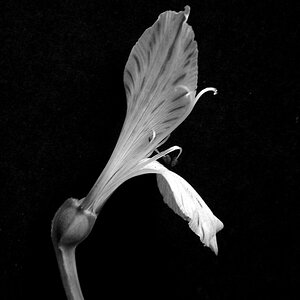
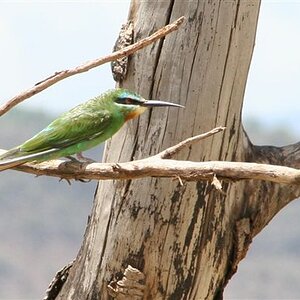
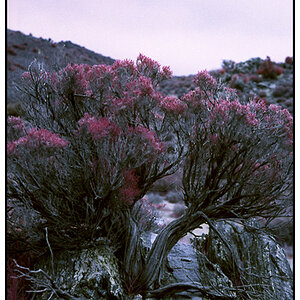
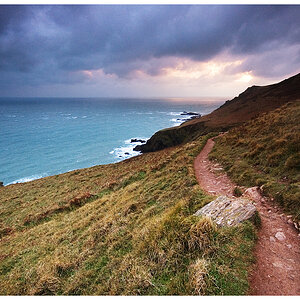
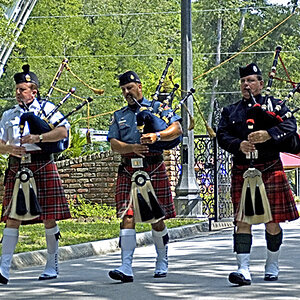
![[No title]](/data/xfmg/thumbnail/32/32632-476f3d925401f13cffe1cc2b41945614.jpg?1619735553)
